Private Road Restoration Services
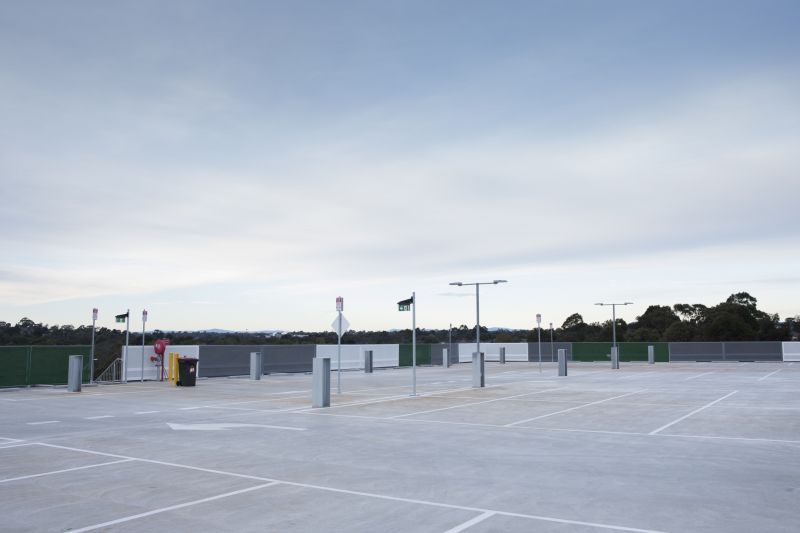
Spring offers moderate temperatures and minimal precipitation, ideal for road repairs and surface treatments.

Warm weather and longer daylight hours facilitate efficient construction, though high temperatures can affect asphalt curing.

Favorable weather conditions and cooler temperatures make fall suitable for road maintenance before winter.
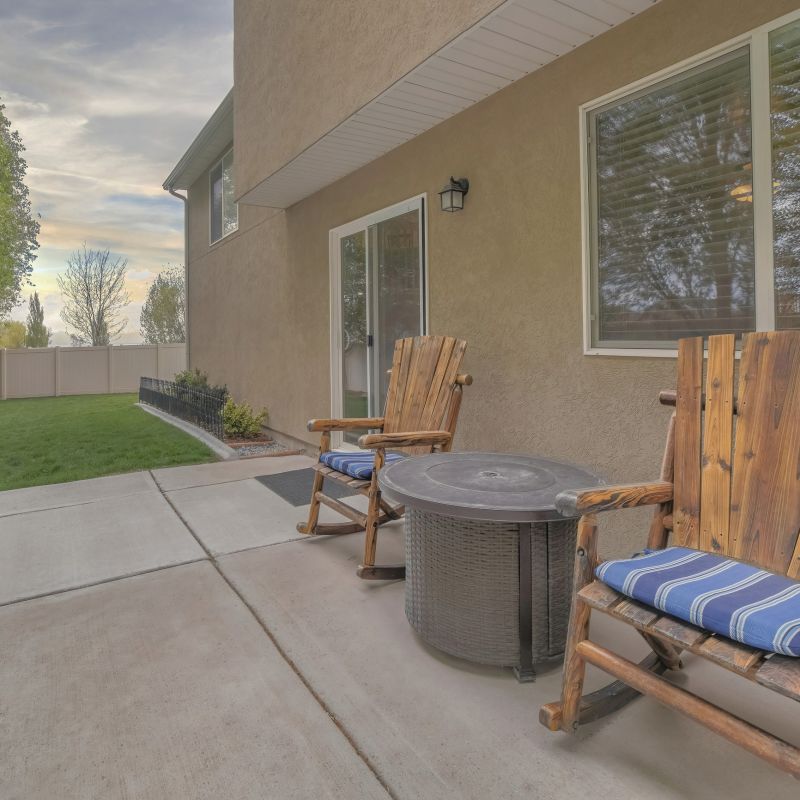
Ways to make Private Road Restorations work in tight or awkward layouts.
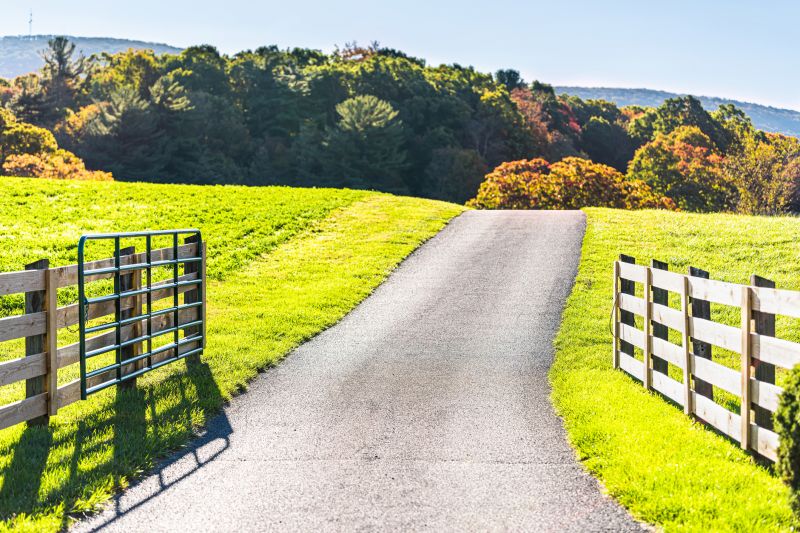
Popular materials for Private Road Restorations and why they hold up over time.
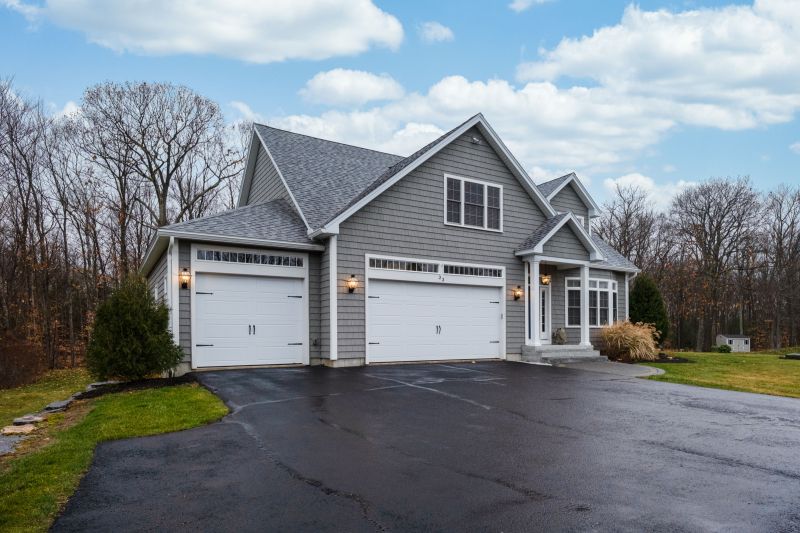
Simple add-ons that improve Private Road Restorations without blowing the budget.
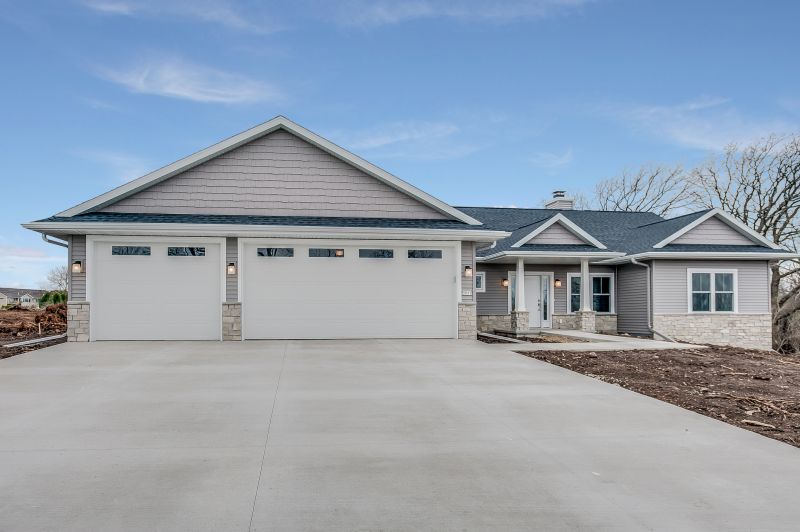
High-end options that actually feel worth it for Private Road Restorations.
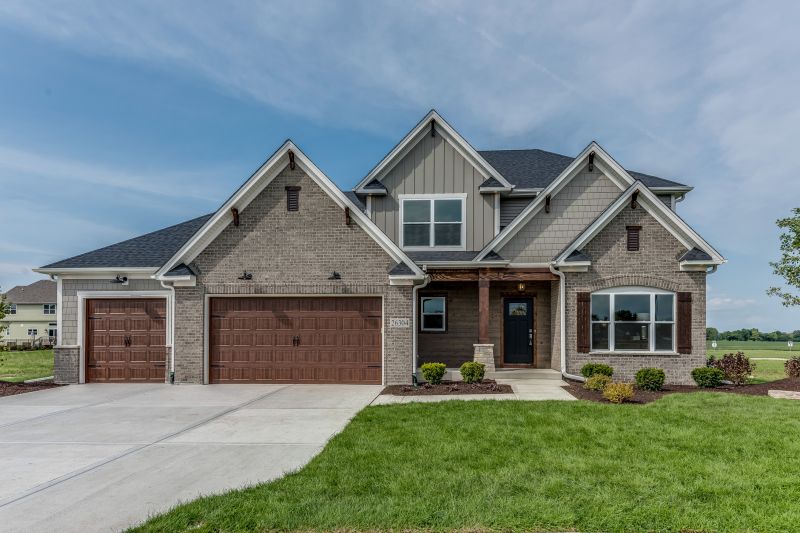
Finishes and colors that play nicely with Private Road Restorations.
Private road restorations involve repairing and resurfacing roads that are privately owned and maintained. These projects are essential for ensuring safe access, preventing further deterioration, and maintaining property values. Proper timing can influence the durability and cost-effectiveness of restoration efforts.
Statistics indicate that scheduling repairs during optimal weather conditions reduces the likelihood of delays and surface defects. For example, asphalt work performed in temperatures between 50-85°F (10-29°C) with low humidity results in better compaction and longevity. Planning restorations during these periods can extend the lifespan of the road and minimize future maintenance needs.
Weather conditions significantly affect the quality of road repairs, with rain and extreme temperatures causing delays and surface issues.
Spring and fall are generally preferred for private road restorations due to stable weather and moderate temperatures.
Assessing weather forecasts and soil conditions prior to scheduling can improve project outcomes and reduce costs.
Choosing appropriate materials based on seasonal conditions enhances durability and performance of the restored road.
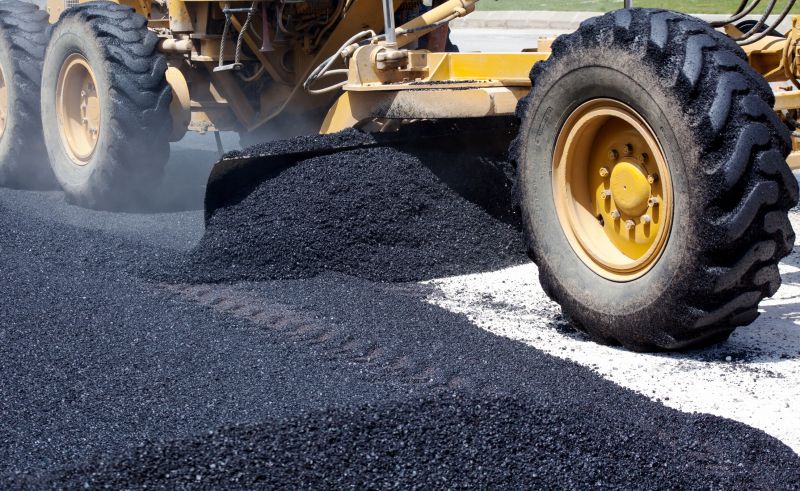
Heavy machinery used in surface restoration projects.
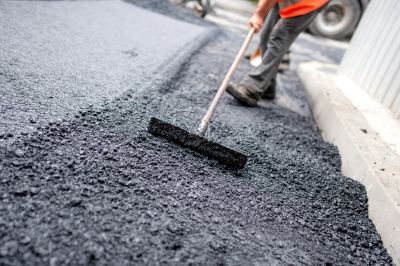
Stages of asphalt laying and compaction.

Preparing the existing surface for repairs.
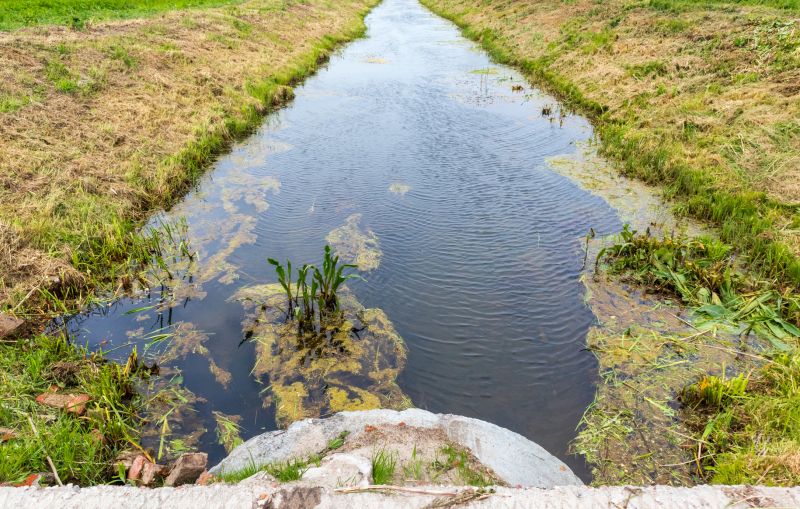
Proper drainage is essential before restoration.
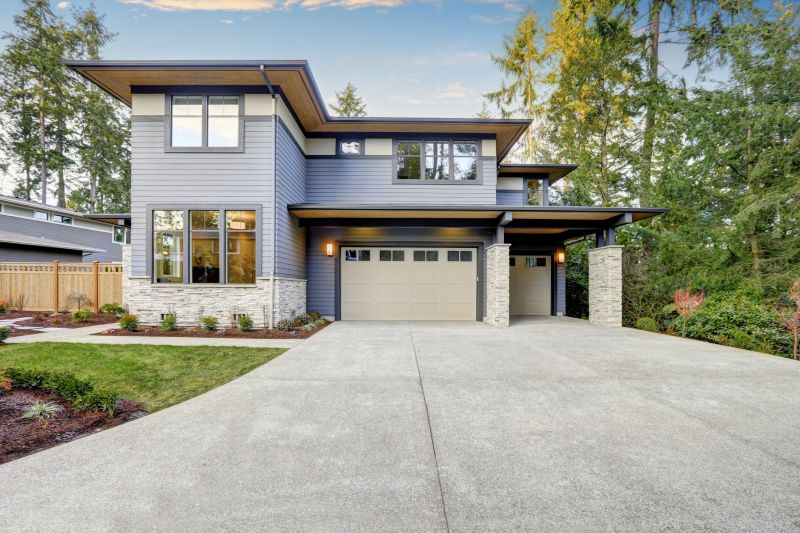
Different materials suitable for various conditions.
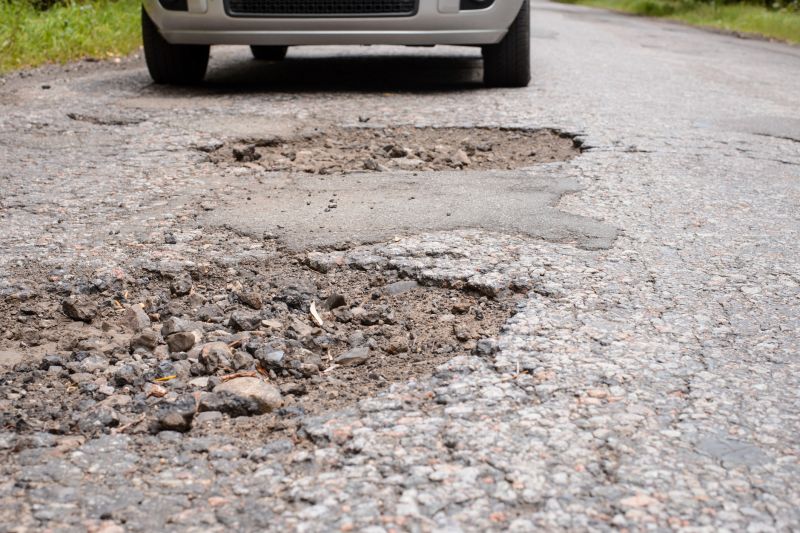
Workers applying new surface layers.
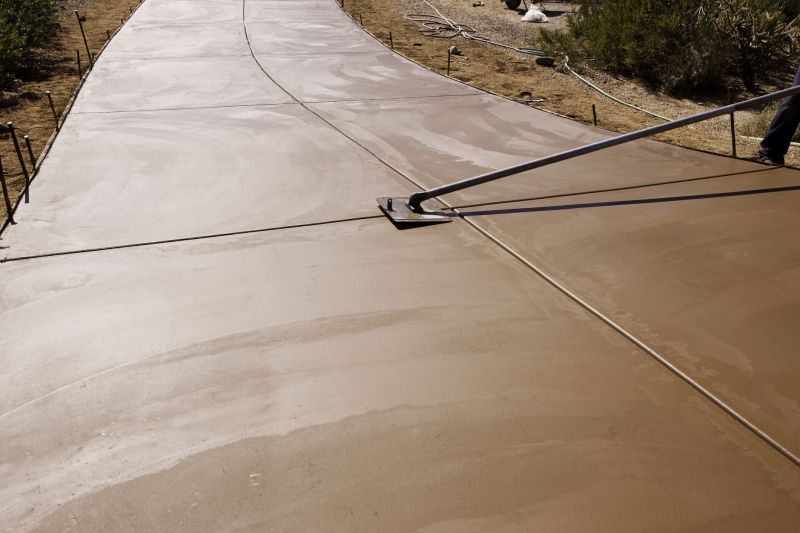
Finished private road with smooth surface.
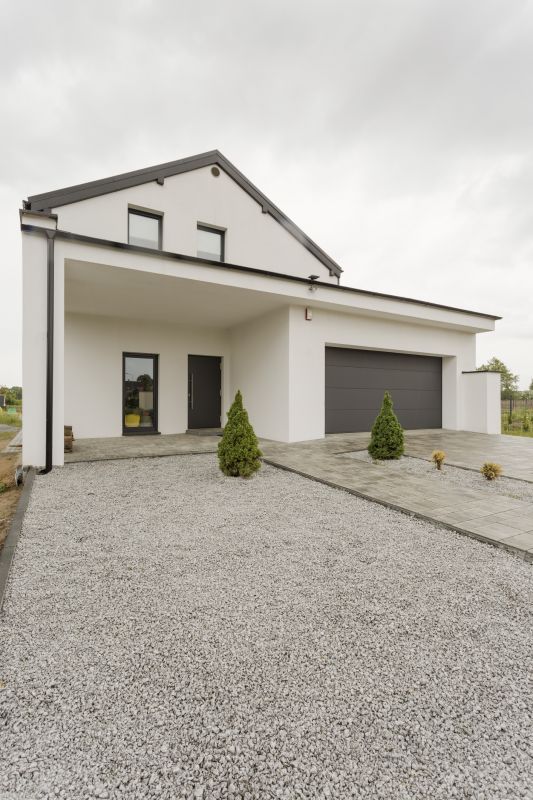
Post-restoration assessment for longevity.
| Season | Advantages |
|---|---|
| Spring | Moderate temperatures and low precipitation facilitate effective repairs. |
| Summer | Extended daylight hours allow for longer working days, but avoid extreme heat. |
| Fall | Cooler weather reduces curing time and prepares the road for winter. |
| Winter | Not recommended due to freezing temperatures and potential for snow and ice. |
Scheduling private road restorations during appropriate seasons enhances project quality and durability. Proper timing ensures that materials set correctly and that the road withstands environmental stresses. Consulting with experienced contractors can help determine the best window for each specific project.

Assessment of weather and soil conditions.
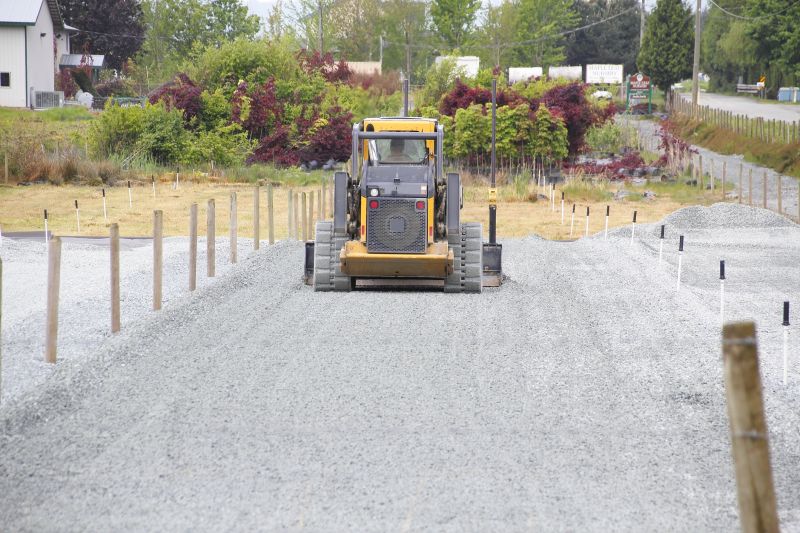
Heavy machinery working on road surface.
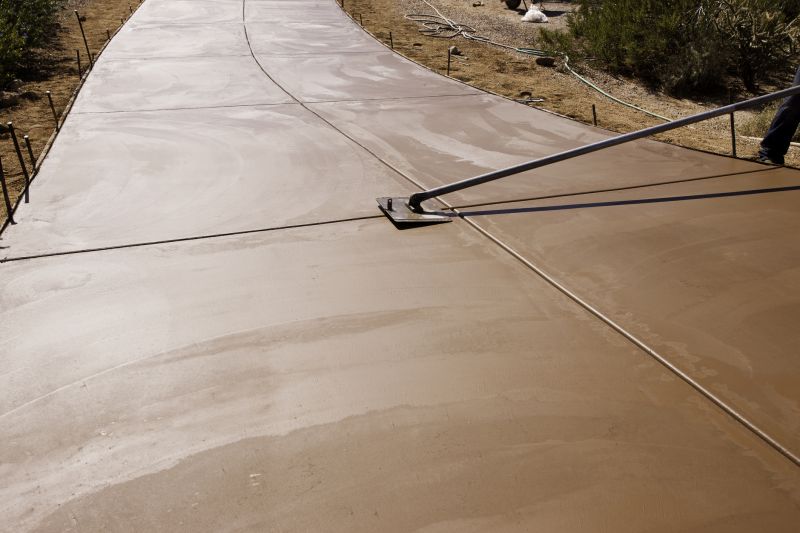
Smooth and durable private road after restoration.
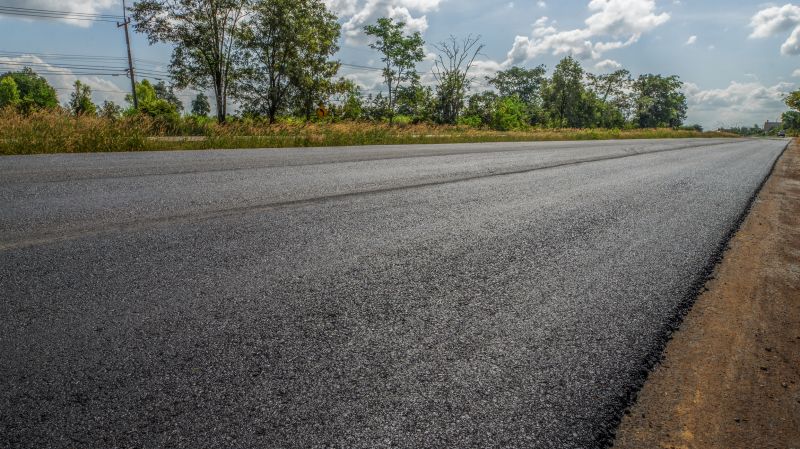
Final quality check before opening.
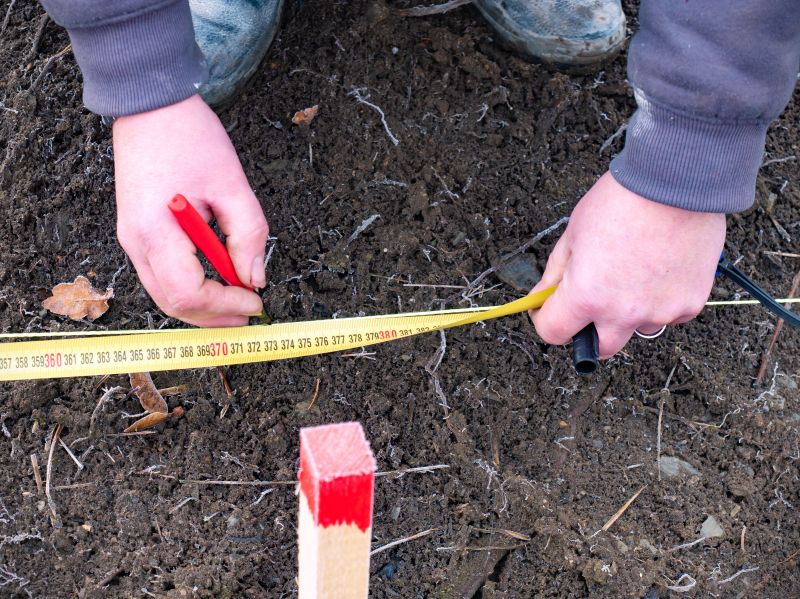
Little measurements that prevent headaches on Private Road Restorations day.
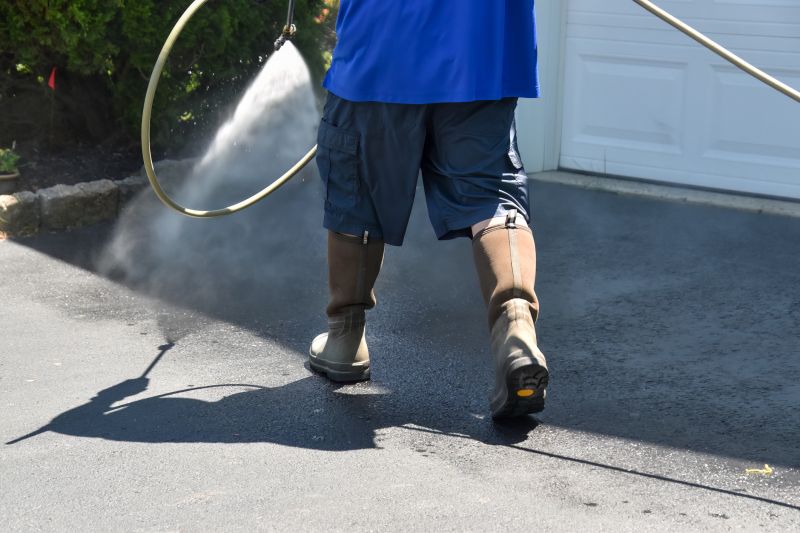
A 60-second routine that keeps Private Road Restorations looking new.
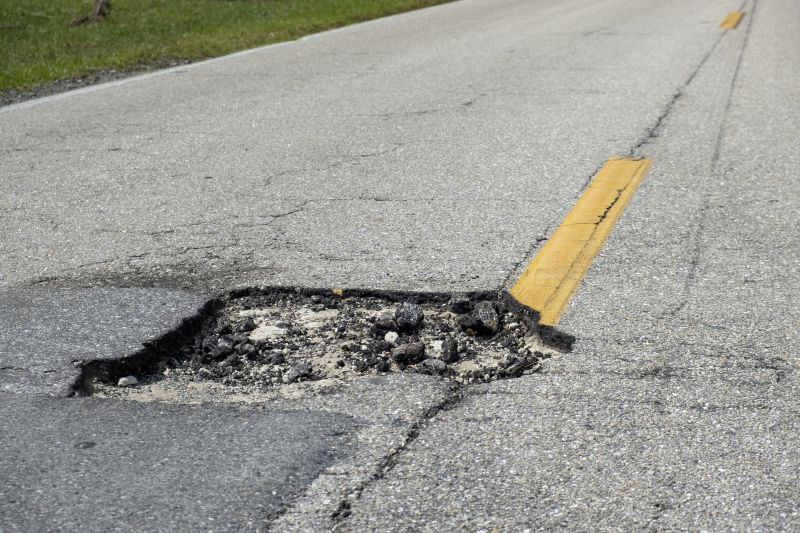
A frequent mistake in Private Road Restorations and how to dodge it.

Small tweaks to make Private Road Restorations safer and easier to use.
Interested property owners or managers seeking private road restoration services are encouraged to contact for more information. Proper planning and execution can ensure long-lasting access and safety for all users.
